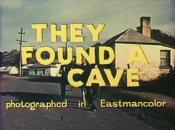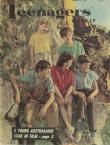 9195527756027515771.jpg
9195527756027515771.jpg
Screen cap from opening credits
Adaptation of
They Found a Cave
1948
single work
children's fiction
Issue Details:
First known date:
1962...
1962
They Found a Cave



